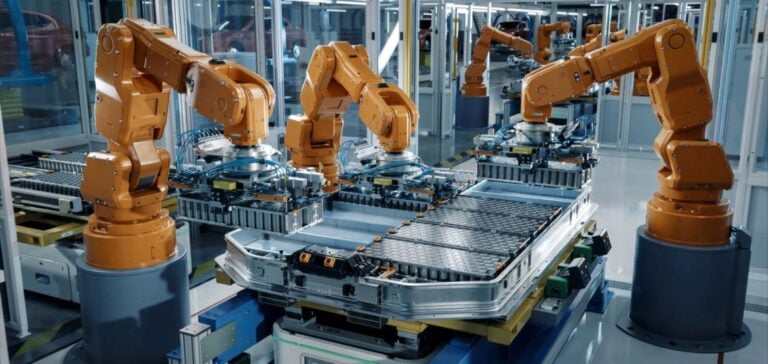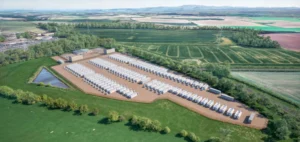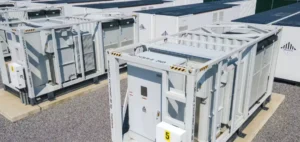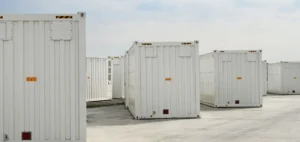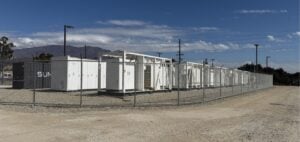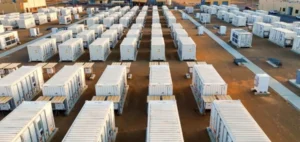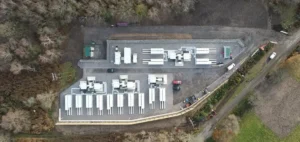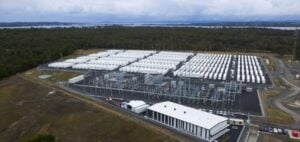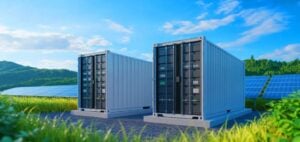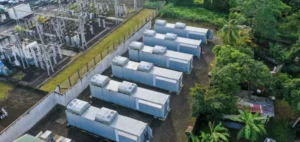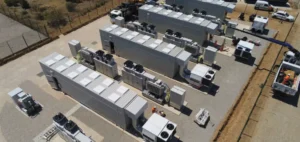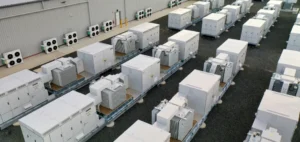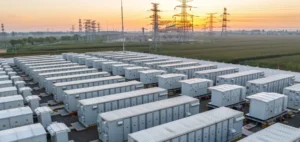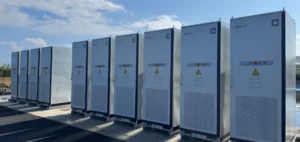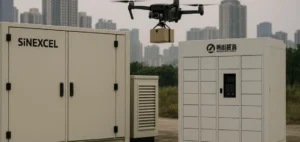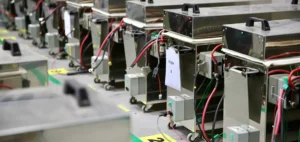The American company Nanoramic, a pioneer in advanced battery technologies, has announced a $44 million funding round. This financing was co-led by General Motors Ventures (GM Ventures) and Catalus Capital, with participation from Samsung Ventures, Top Material, and existing investors such as Fortistar Capital and WindSail Capital Group. The funding aims to support the large-scale commercialization of Nanoramic’s patented Neocarbonix® technology.
Neocarbonix® is an innovative technology that redefines lithium-ion battery standards by offering a PFAS-free (per- and polyfluoroalkyl substances) solution and eliminating the use of conventional NMP solvents. This process ensures a sustainable alternative for safer manufacturing practices while reducing production costs and energy requirements. The technology can be directly integrated into existing production lines thanks to its flexible and asset-light business model.
Real benefits for the battery industry
The Neocarbonix® technology aims to transform the battery industry through significant cost reductions and performance improvements. It enhances energy density, power, and fast-charging capabilities while improving worker safety. Nanoramic is positioning itself as a key player in the energy transition, addressing the growing demands of industries such as mobility, stationary storage, and electronic devices.
By collaborating with strategic partners such as global automotive manufacturers, battery makers, and consumer electronics companies, Nanoramic is pursuing a sustainable innovation approach. This strategy aims to secure supply chains while reducing the environmental impact of production.
Strategic support for global expansion
According to Anirvan Coomer, Managing Director at GM Ventures, “Innovations in battery technologies are at the core of our investment strategy.” He highlighted the importance of collaborating with Nanoramic to promote significant advancements in the sustainability and efficiency of battery manufacturing.
Saif Qazi, Vice President at Catalus Capital, expressed his confidence in Nanoramic’s potential to address the most complex challenges in the sector. He described the Neocarbonix® technology as a revolutionary solution capable of meeting the urgent needs of battery-dependent industries.
Samsung Ventures, represented by Investment Director Robert Ashcraft, also emphasized the opportunities offered by this technology to improve battery performance while reducing cost and environmental impact.
A promising future for the energy transition
John Cooley, founder and CEO of Nanoramic, sees this funding round as a major turning point for the company. He stated that Neocarbonix® overcomes traditional barriers hindering the advancement of battery technologies, offering practical solutions to accelerate electrification in strategic sectors.
With the financial and strategic support of its partners, Nanoramic plans to intensify the global adoption of its technology and address the growing challenges in the energy transition industries. By rethinking the very foundation of battery materials, Nanoramic aspires to become a leading figure in this field.


